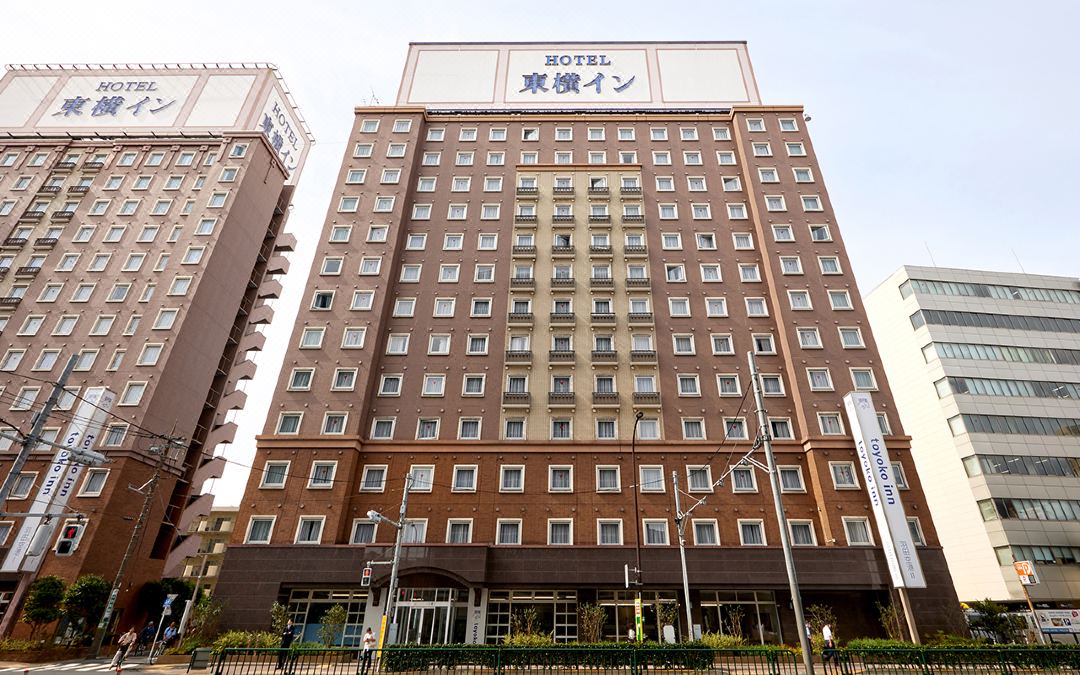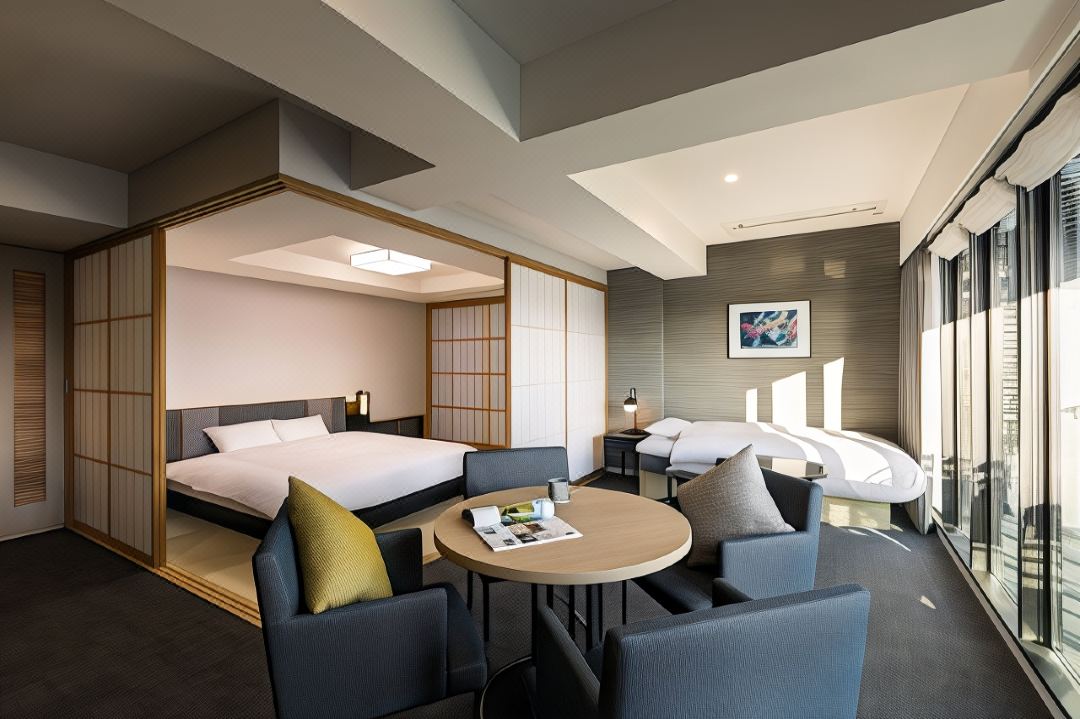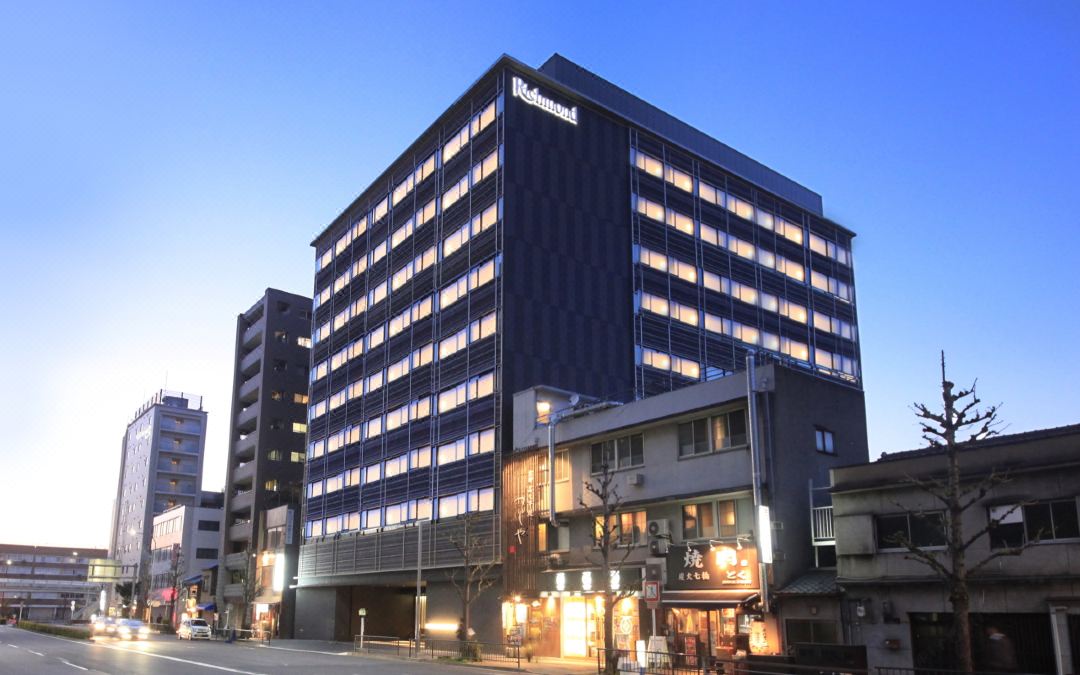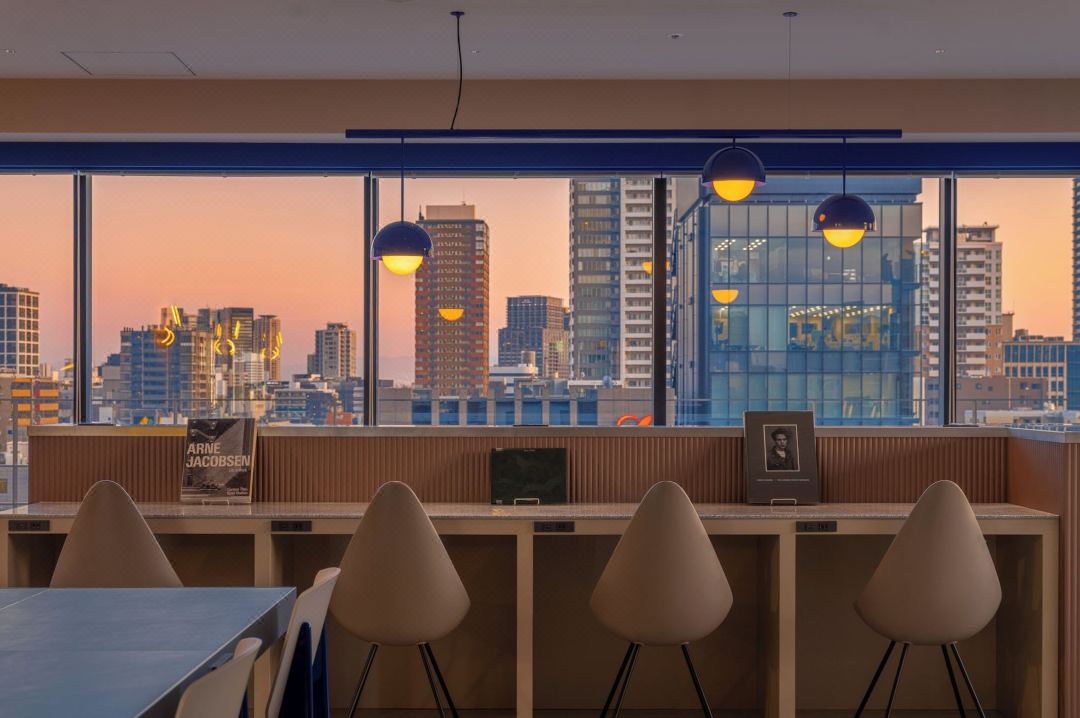12 Must-See Japanese Festivals Held Throughout The Year

Japanese festivals are famous worldwide for their amazing parades steeped in centuries-long traditions. In this article, we introduce you to the twelve most exciting festivals held in Japan at various times around the year.
Many people might think of summer if you mention Japanese festivals. The warmer months are indeed a time full of celebration in Japan. You will hear the cheerful screams and the sound of traditional drums nearly every weekend and, if you are lucky, you might be able to watch one of the famous summer fireworks lighting up the sky at the end of the day.
However, Japanese festivals can be enjoyed all throughout the year.
Japanese Festivals - The Basics

Photo from Fukuoka: Hakata Heats Up With Hakata Gion Yamakasa Festival 2017
The Japanese word for festival is matsuri. Most matsuri will host a parade showcasing festival floats (dashi) or portable shrines (mikoshi).
The main visible difference between them is that dashi are pulled by people while mikoshi are carried on people's shoulders. Participants can ride atop a dashi, but are not allowed to ride on a mikoshi because it is considered a sacred vehicle for carrying a deity.
The locals will patrol the town while carrying the portable shrine or pulling festival cars. You can enjoy the rhythmic shouts of the shrine-bearers and the music being performed atop the floats as they pass by.

Photo from The Exotic Nagasaki Kunchi Festival 2017: Event Schedule And Highlights
There are also snow festivals as well as dance festivals without any floats. If you come to the festival for the floats or portable shrines be aware that not all festivals feature them, so it would be advised to do some research before.
Read also
Dashi And Yatai (Festival Floats) - Japanese Encyclopedia
Japan's Summer Festivals - How To Enjoy The Famous Matsuri
Top 12 Japanese Festivals Throughout the Year
We would like to introduce you to Japan's twelve largest and most exciting festivals throughout the year sorted by month.
1. Sapporo Snow Festival (February) - A Winter Wonderland

Photo from The Sapporo Snow Festival 2018, An Extravaganza Of Snow And Ice!
Let's start out with a festival which is totally different from the ones mentioned above - a snow festival.
The Sapporo Snow Festival is held for about a week every year in February and many people from all over Japan visit Sapporo during this time. It showcases huge ice sculptures that include famous sights from all over the world as well as movies and mangas.
Sometimes you might even find items such as cup ramen and beer carved out of ice and snow.

Photo from The Sapporo Snow Festival 2018, An Extravaganza Of Snow And Ice!
The ice sculptures are even more stunning in the evening as they are being illuminated from 10 PM. Recently, they started to use projection mapping (a projection technology used to turn objects into display surfaces for video projection) which means that the sculptures really come to life at night.
One thing this festival has in common with other famous festivals is delicious food. Hokkaido is famous for its delicious fresh seafood and you can sample a great variety of it at the Sapporo Snow Festival.
Why not take your warmest jacket and a couple of heat packs and join one of the most beautiful winter festivals in the world?
Sapporo Snow Festival 2019: January 31st through February 11th
Hotels near Odori Park
Read also
The Sapporo Snow Festival 2018, An Extravaganza Of Snow And Ice!
Japan In Winter - 10 Must See Japanese Snow Festivals! 2018 Edition
5 Types Of Heat Packs - How To Stay Warm In The Japanese Winter
2. Kanamara Matsuri in Kawasaki (April) - Celebrating Fertility and Gender Plurality

Photo from Kanamara Matsuri - The Story Behind Kawasaki's Unique Spring Festival!
Kanamara Matsuri is held every year in April in Kawasaki and has gained worldwide fame as the "phallus festival" or "penis festival" because of its unusual portable shrines.
Besides the impressive parade, participants can also enjoy penis-shaped snacks and souvenirs in this celebration of fertility.
The festival actually stands for something that is important for many people: the wish for children and the wish for a world without discrimination when it comes to gender identity.

Photo from Kanamara Matsuri - The Story Behind Kawasaki's Unique Spring Festival!
The Kanamara Festival is held at Kanayama Shrine where many people come to pray for prosperity, fertility and good luck in relationships. The festival was born out of the wish for everyone to be able to enjoy a celebration in the daylight no matter what illness, status or sexual orientation they have.
For this reason, this festival is also very popular and important to the LGBT community in Japan. One of the three phallic mikoshi was actually donated by Tokyo's drag club Elizabeth Kaikan.
If you're in Tokyo or Kawasaki around the beginning of April, why not join this celebration of equality and life?
Kanamara Matsuri 2019: April 7nd
Hotels near Kanayama Shrine (Kanamara-sama)
3. Sanja Matsuri (May) - Asakusa's 700-Year-Old Festival

© Tokyo Convention & Visitors Bureau (Public Foundation). Photo from Sanja Matsuri - Asakusa's Greatest Festival! 2017 Schedule And Highlights
Sanja Matsuri is a festival representative of Asakusa and Sensoji Temple. According to old records, it was first celebrated in 1312 which means it has been celebrated for over 700 years.
This festival is one of the largest in Tokyo, going on for three days. It is celebrated on the third Friday, Saturday, and Sunday in May every year with almost 1,500,000 people joining it.

© Tokyo Convention & Visitors Bureau (Public Foundation). Photo from Sanja Matsuri - Asakusa's Greatest Festival! 2017 Schedule And Highlights
If you want to go to a festival to see people carrying portable shrines, Sanja Matsuri is perfect for you. Besides the three main mikoshi of Asakusa Shrine, there are over one hundred other portable shrines that are carried through the streets of Asakusa. Some of them are much lighter and smaller than others and made to be carried only by children or woman. While it is common for women join the team of shrine-bearers at festivals, mikoshi carried only by women are a rare sight.
If you like historical festivals and portable shrines, then Sanja Matsuri is a great choice. Being held at Asakusa Shrine and around Sensoji Temple, major sightseeing spots that are representative for Tokyo, this festival is a must-see!
Sanja Matsuri 2018: May 18th until May 20th
Hotels near Asakusa Shrine
4. Kanda Matsuri (May) - Experience the Heian Period in Tokyo

Photo from Visiting Japan In May? Enjoy The Kanda Festival In Tokyo!
If you are planning to visit Tokyo for the Sanja Matsuri you shouldn't miss out on the Kanda Matsuri as well. It is celebrated during the weekend closest to May 15th and is one of the three biggest festivals in Japan alongside the Gion Festival in Kyoto and the Tenjin Festival in Osaka.
Two different types of Kanda Festivals are held depending on the year: the Honmatsuri, which is held in odd-numbered years, and the Kagematsuri, which is held in even years.
The highlight of the first day of the festival is the parade of about 500 people who all wear clothing from the Heian period (794-1185). The parade starts out at the Kanda Shrine and leads its way through the popular electronic district Akihabara, creating an impressive juxtaposition of past and future.

Photo from Visiting Japan In May? Enjoy The Kanda Festival In Tokyo!
On the second day, you can watch about one hundred portable shrines heading toward Kanda Shrine. The procession is led by men dressed up as geisha and the portable shrines are carried by men wearing traditional Japanese loincloths.
Why not visit Tokyo in May to enjoy two of the largest Japanese festivals?
Kanda Matsuri 2018: May 12th and 13th
Hotels near Kanda Myojin (Kanda Shrine)
5. Gion Matsuri (July) - Painting Kyoto in Different Colors

Photo from Gion Matsuri, Kyoto - Enjoy The Floats And Rhythm Of A Great Festival
The Gion Festival in Kyoto is one of the three largest festivals in Japan mentioned.
It is celebrated for a whole month starting from early July and during this time people from all over the world join the celebrations. The Gion Festival parade consists of 33 carefully prepared festival floats with different themes related to Japanese traditions and legends.

Photo from Gion Matsuri, Kyoto - Enjoy The Floats And Rhythm Of A Great Festival
Even though many people come for the daytime festivities, we recommend you stay until it gets dark. The lanterns on the floats will turn the festival into an eerie yet beautiful sea of lights. Furthermore, the historical Gion makes the perfect setting for a celebration of this scale and you feel like you're traveling back in time.
If you travel to Japan in summer, make sure to visit Kyoto for the famous Gion Matsuri.
The Gion Festival runs the entire month of July every year.
Hotels near Gion Shopping Street Promotion Association
Read also
Gion Matsuri, Kyoto - Enjoy The Floats And Rhythm Of A Great Festival
Discover Gion Matsuri's Special Hakugayama Float And Byobu Festival
6. Hakata Gion Yamakasa Festival (July) - Race Along the Streets of Fukuoka

Photo from Fukuoka - Hakata Heats Up With Hakata Gion Yamakasa Festival 2017
The Hakata Gion Yamakasa Festival in Fukuoka is not to be confused with the Gion Festival in Kyoto even though it is celebrated in early July as well.
Held in the Hakata area, it is the main festival of Kushida Shrine and registered as a UNESCO intangible cultural heritage. It is said that it originated 800 years ago when an epidemic was raging in Hakata. A monk prayed to disperse the epidemic while riding on a wooden float and spreading water around the area.

Photo from Fukuoka: Hakata Heats Up With Hakata Gion Yamakasa Festival 2017
The festival lasts for eight days and it is one of the most dynamic festivals as hundreds of men race through the streets pulling festival floats. The floats are very heavy and even the strongest man can only race them for a couple of minutes so the participants pulling the floats will constantly change. The whole town participates in this festival and people are even allowed to take a day off from work for it.
Can you keep up with one of the fast-moving floats?
Hakama Gion Matsuri 2018: July 10th through July 15th
Hotels near Hakata Gion Yamakasa
7. Tenjin Festival (July) - Travel Back in Time in Osaka

Photo from The 2017 Tenjin Festival In Osaka - Highlights, Schedule, And Access
While many other festivals are being held on different dates every year for everyone to be able to celebrate during the weekend, the Tenjin Festival in Osaka is celebrated annually on July 24th and 25th.
One of Japan's three biggest festivals, it celebrates the god of learning enshrined at the Tenmangu Shrine. It is held for the people of Osaka to pray for business prosperity and good health.
The Tenjin Festival is especially famous for the parade participants wearing historical costumes and for the boats decorated with electric bulbs lighting up Osaka's Okawa River.

Photo from The 2017 Tenjin Festival In Osaka - Highlights, Schedule, And Access
Even though the Tenjin Festival runs over two days, the long parades of people in costumes and the operation of the boats are all taking place on July 25th. Please keep this in mind if you have a tight schedule and can only visit the festival on one out of the two days.
The end of the festival is always marked by a big firework display, so you can enjoy a festival and Japanese fireworks all at once. Don't miss out on this truly unique Japanese festival!
Tenjin Festival 2018: July 24th and 25th
Hotels near Osaka Tenmangu Shrine
I was born and raised in Berlin, Germany and am living in Tokyo, Japan since 2008. I am native in German and English.
I am a cat-mom to three rescue cats and I have a deep love for 90s rock music, kickboxing, history, chocolate and cookie dough, anything pistachio flavored, cats and bats, dragons and vampires and all things creepy-cute.
My favorite book author is Anne Rice. My favorite band is LUNA SEA.
My most recommended Japanese movie is 'Merry Christmas, Mr. Lawrence', featuring David Bowie and Ryuichi Sakamoto.



































































![[Coupon Available] Attention Overseas Winter Sports Fans! Nagano's Sports Depot Has Evolved](https://resources.matcha-jp.com/resize/720x2000/2026/01/05-254819.webp)
![[2 hours from Tokyo ] 10 Quiet and Breathtaking Views of Mount Fuji in Yamanashi Hokuto City , Yamanashi - Part 2](https://resources.matcha-jp.com/resize/720x2000/2025/12/16-253037.webp)